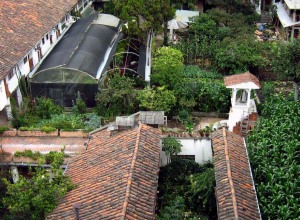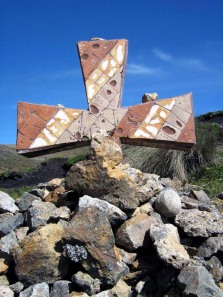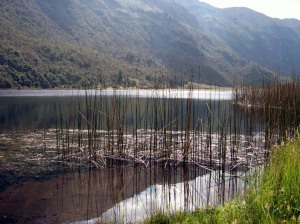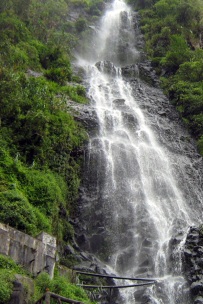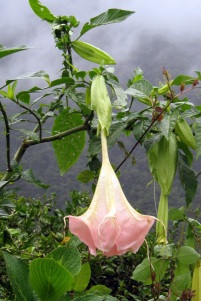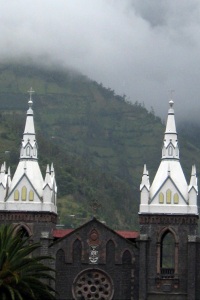(Mid March 2009)
Mendoza has a population of about 112,000. The climate is arid and the pace of life seems a bit slower here. Many of the shops and restaurants shut down for the afternoon siesta. This is wine country although it’s not the main sector. Tourism in the area consists of wineries, obviously, a hot springs retreat, and various day trips to the High Andes. I stayed at the Alamo Hostal – great place!
I never cease to be amazed by mountains and the trip to the High Andes was another encounter with the astonishing majesty of these landscapes. I was dazzled by glaciers, snow-capped peaks, Mount Aconcagua – the highest summit in the Western hemisphere at 6960 metres -, and the soft warm colours and subtle hues which seemed in such contrast to this ruggedness. And, I saw another condor!
Aconcagua is a popular climbing destination and it does claim a number of lives each year. An international climbers’ cemetery is located nearby. Zig-zag fashion, our bus ascended up Mount Santa Elena to the world’s highest Christ the Redeemer monument at the borderline between Argentina and Chile. It was placed there as a symbol of peace and unity. (Note: when at the top of a mountain don’t leave your jacket in the bus.) Another unusual site was Puente del Inca where a natural stone bridge and the ruins of a spa are stained from the sulphurous thermal springs.
Enjoying a glass of Malbec in Argentina, in the heart of the grape’s growing region, is one of those small slice-of-life moments that I’m truly thrilled to experience. Yerba maté, however, is the Argentine national drink. The leaves are placed into a gourd and the brewed tea is sipped with a bombilla, an elegant straw with a filter attached. Hot water machines for replenishing your thermos are popular at gas stations.











